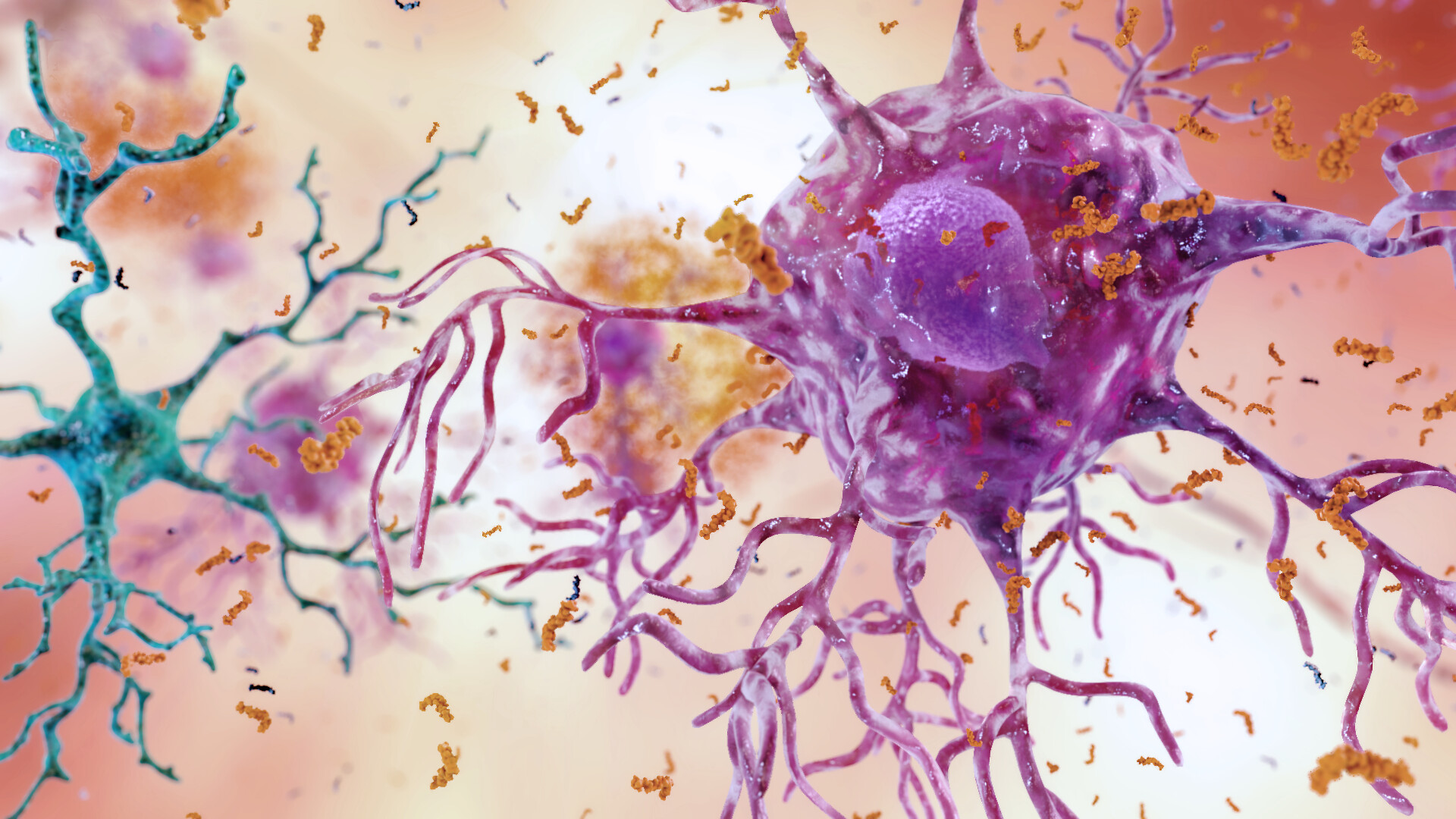A new hope for Alzheimer’s disease

The world of neurology is often one of many unknowns. The brain is full of complexities, and even now with so much technology at our disposal, we still have many unanswered questions. One of the biggest questions – is there a cure for Alzheimer’s?
Alzheimer’s is thought to be down to the malfunction of two proteins within the brain – the amyloid β and tau protein [1]. Over time the dysfunction of these proteins leads to the cells in the brain dying, and the brain itself shrinking. Along with a whole host of symptoms with the most common being memory loss.
Both the tau and amyloid β proteins have been researched at length to find a cure for what seems to be the uncurable. However, thanks to the work of genome analysis there is now a new prospect for the future of Alzheimer’s disease. The genetic study, known as a Genome-wide Association Study (GWAS), involved taking the genetic code of many different people to allow a database to be made to determine if there are certain genes that correlate with certain diseases.
In this study, it was found that a gene known as TREM2 is highly associated with Alzheimer’s Disease. This gene contains the code responsible for a protein creatively named TREM2[2]. This protein works alongside a type of brain cell known as a microglial cell. Microglial are the main immune cells in the brain, working to protect the brain from harmful invaders such as bacteria. However, in Alzheimer’s, the microglial cells go rogue and instead of protecting the brain, they cause greater harm by further progressing Alzheimer’s. The TREM2 proteins stay loyal to the microglial cells by keeping them alive[3].
Despite this all sounding like bad news, it gives us a greater understanding of the disease, and therefore a new insight into treating it. Since then, researchers have created a drug that targets the TREM2 protein, and excitingly this drug has now made it into human clinical trials[4]!
The other piece of good news is that researchers have also found that early into the disease there is an increase in TREM2 in the fluid that surrounds the brain and spine[5]. One major problem with Alzheimer’s is that people are diagnosed many years after dysfunction has already occurred, so a lot of the damage is already done. This may be one of the huge factors to why many trials have failed previously. However, if people are diagnosed earlier, it may make treating the disease a lot easier, and hopefully with greater success than what we see today.
[1] https://www.alz.org/alzheimers-dementia/what-is-alzheimers/brain_tour_part_2
[2] https://www.frontiersin.org/articles/10.3389/fnagi.2019.00297/full
[3] https://www.alzheimersresearchuk.org/blog/trem2-where-are-we-now/
[4] https://clinicaltrials.gov/ct2/show/NCT04592874?term=AL002&lead=alector&draw=2&rank=2
[5] https://www.thelancet.com/journals/laneur/article/PIIS1474-4422(22)00027-8/fulltext
Edited by Liam Butler







